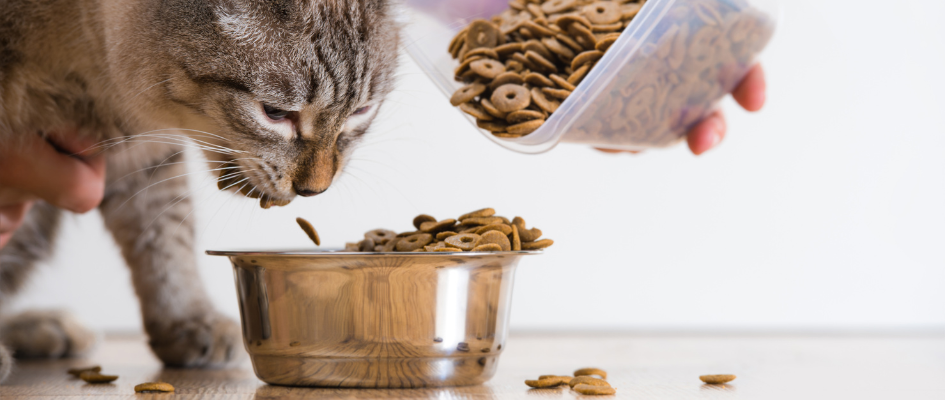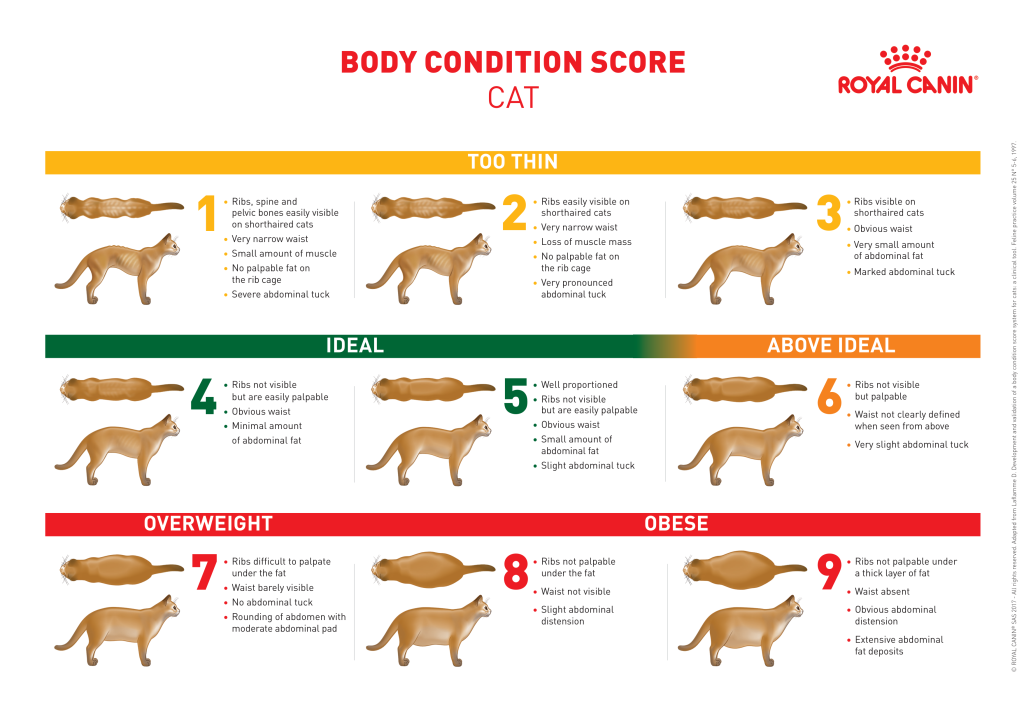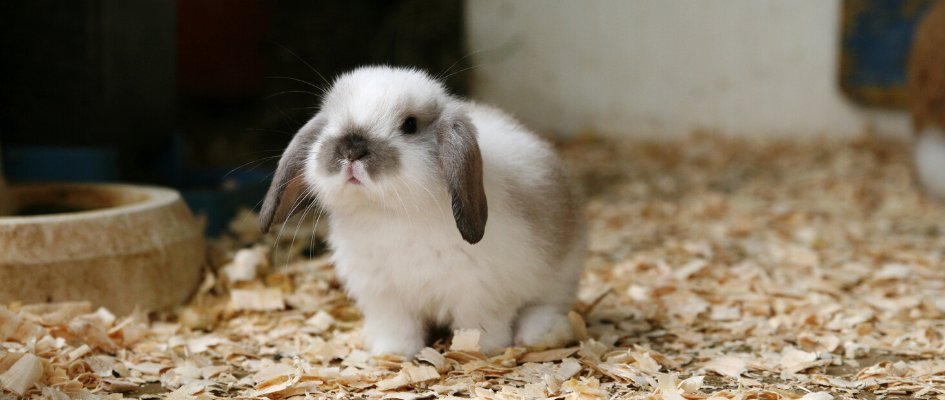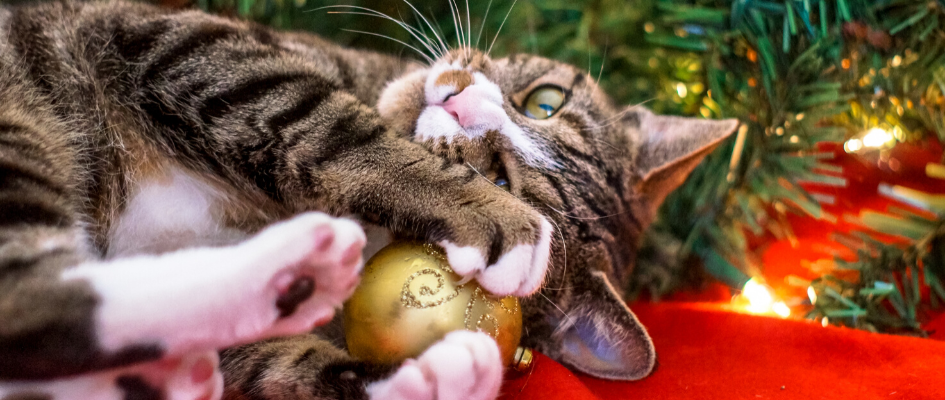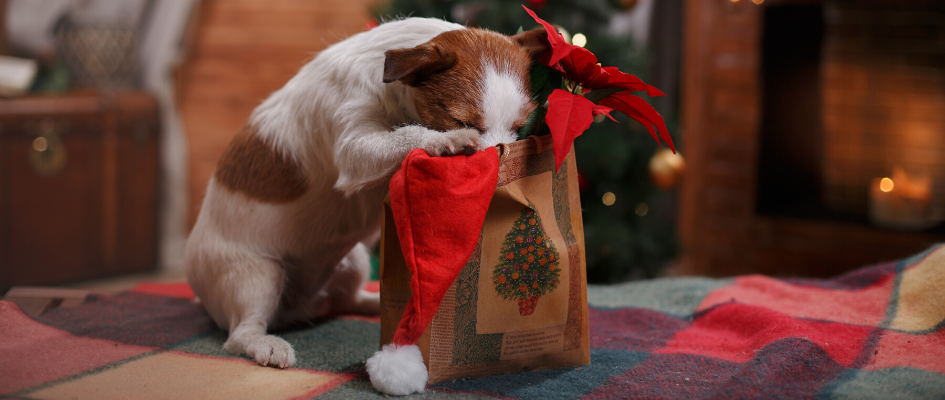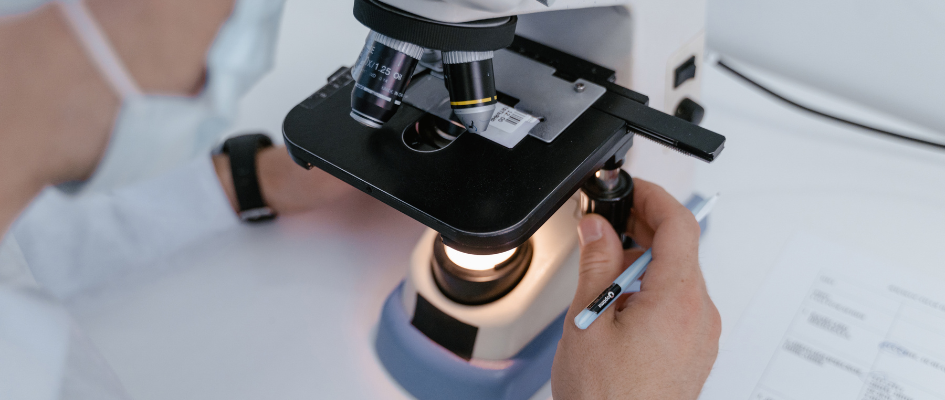Puds may used up one of her nine lives when she was badly injured in a road accident but has since made a miraculous recovery, thanks to the care she received at our New Addington practice in Croydon.
Six-year-old Puds was rushed to our Salcot Crescent practice by her worried owner after she was found bleeding and with serious injuries to her face.
Sadly, after examining Puds, we could see she had fractured her jaw and her lips, and the skin on the lower part of her face had become detached from the bone due to the force of impact she suffered.
Puds underwent emergency surgery to stabilise the broken bone and repair the skin damage before she was transferred our sister practice, Stone Lion Veterinary Hospital in Wimbledon, for her jaw to be wired in place. While at Stone Lion, Puds was also fitted with a feeding tube, as her injuries were so severe she was unable to eat normally.
She returned to New Addington for check-ups to ensure her recovery was progressing well and to have the wire and feeding tube removed once the fracture had healed.
New Addington Vet Paolo Koch carried out the emergency surgery on Puds and said the cat was in a lot of pain and distress when she was brought into the practice.
Paolo said: “Puds had experienced a serious trauma and had significant injuries to her face. The team stabilised her quickly and gave her pain relief, then we carried out X-rays and blood tests to find out the full extent of her injuries.
“As well as the soft tissue injuries to her mouth, X-rays showed she had fractured her jaw, but luckily there were no internal injuries and her limbs were not broken, which was very positive. Some of her front teeth were damaged, and as a result we removed two of them.
“I carefully repaired the injuries to her lips and skin, and realigned Puds’ jaw so wire could be fitted when she was transferred to Stone Lion Veterinary Hospital.
“Puds has made a great recovery and I’m really pleased with how her injuries have healed. The wire and feeding tube have now been removed and she’s happy and eating well. Luckily her owner did the right thing by bringing her to us straight away, so she was able to have the correct treatment as soon as possible.
“Although we can’t be sure exactly what happened, Puds’ injuries do correspond to a collision with a car, and the claws on her back legs showed scuffing where she may have been dragged along on concrete or tarmac.”
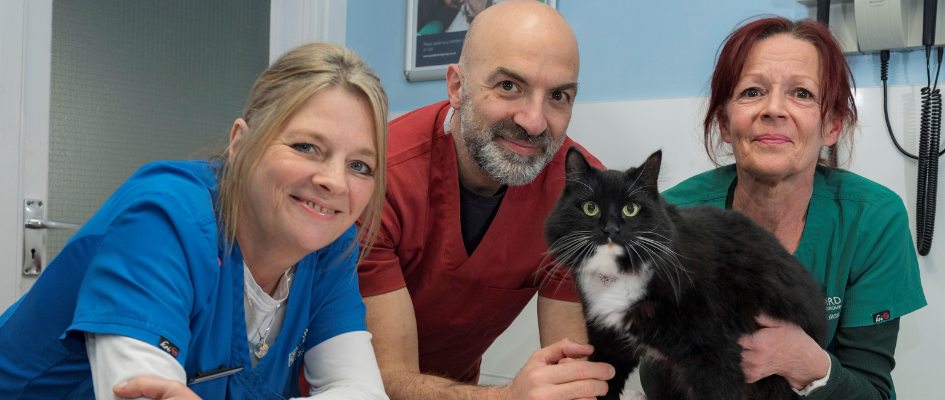
Puds is now back at home in Forestdale with her owner Danielle Banfield, who said her beloved pet is back to her old self.
Danielle said: “I knew straight away something was wrong when Puds didn’t wake me up as usual, because she always comes upstairs in the morning and will jump on the bed and miaow or pat my face with her paw. I went downstairs and found her cowering in a corner of the living room, covered in blood. It looked horrific, like the lower part of her face was hanging off, and I took her to the vets straight away.
“Paolo and the team at New Addington were amazing and I can’t thank them enough for the care they gave to Puds. As well as repairing her injuries they were so kind and caring and even though she was badly hurt I knew she was in safe hands. They were also really accommodating when Puds managed to eat some food a few hours before our appointment to remove the wire, which meant she couldn’t have an anaesthetic, and we were able to go the next day instead.
“Puds also spent a couple of nights in Stone Lion Veterinary Hospital and they were brilliant, too. They kept me up to date and were so caring when I was there.
“Puds has helped me through some difficult times and means the world to me, and I’m so grateful to the veterinary teams at both practices for what they did for her. I can’t sing their praises enough.”
We’re so pleased Puds is on the mend after her traumatic experience and share our thanks to both our New Addington practice and Stone Lion Hospital teams for their quick intervention.
We have 44 practices and three 24-hour hospitals in and around Greater London, for more information on our practices, visit our online practice finder.

